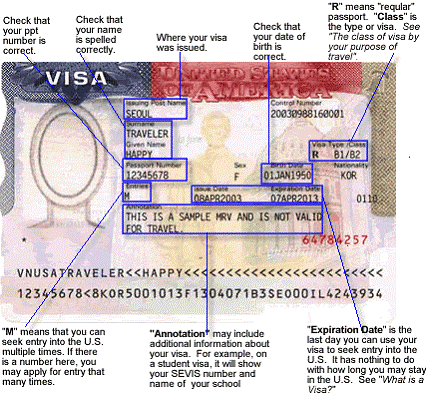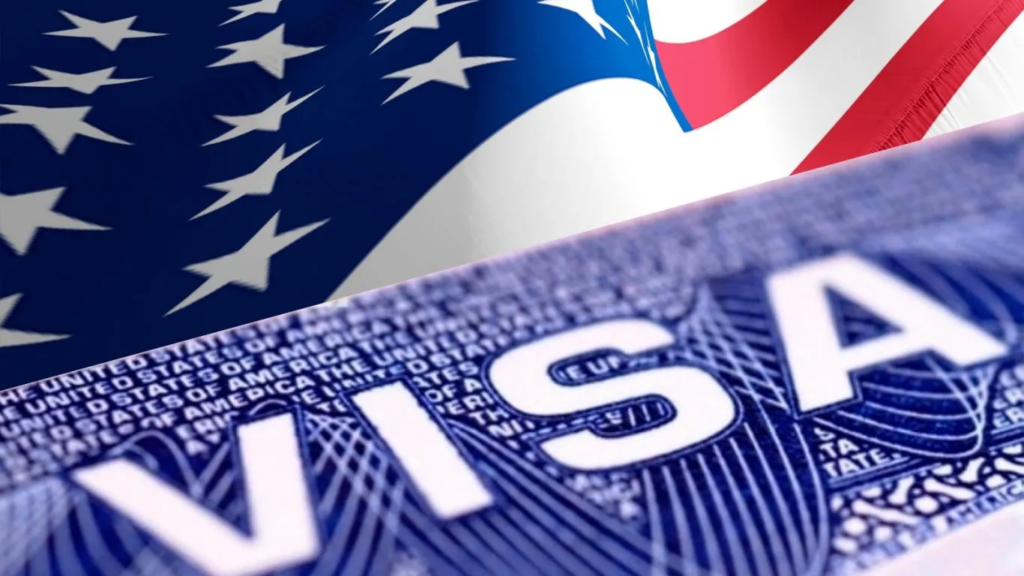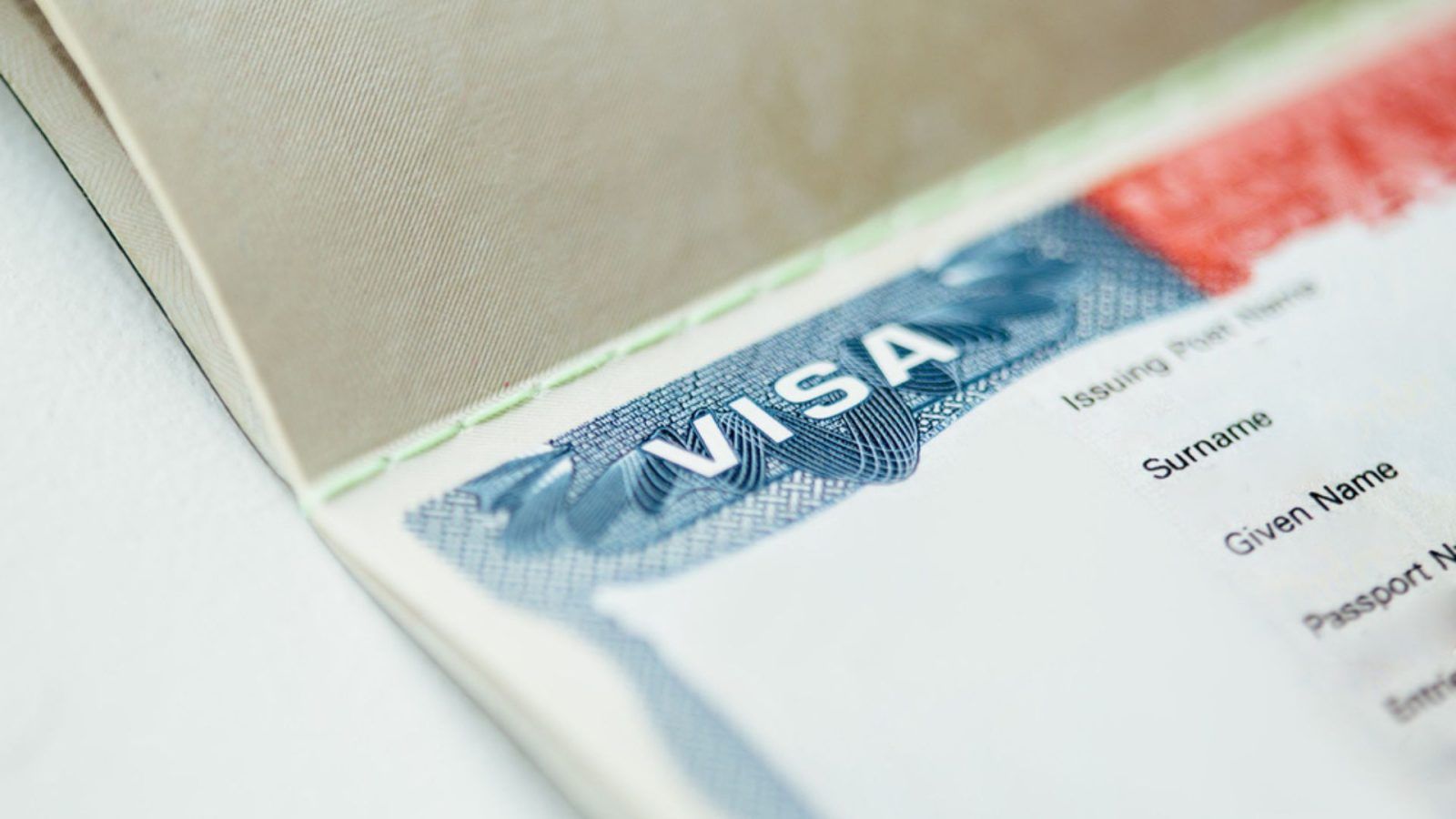US Visas For Indian Citizens: Proven Strategies for Success
Opening Opportunities: Necessary Info on US Visas for Indian Citizens
Maneuvering the complexities of U.S. visa alternatives is vital for Indian people intending to explore chances in the USA. With numerous groups varying from temporary visitor visas to pathways for long-term residency, comprehending the subtleties of each can considerably affect one's journey. This conversation will certainly highlight important info, consisting of application treatments and eligibility requirements, that can empower people in their search of new experiences. As we unpack these crucial elements, the concern occurs: what techniques can one utilize to improve their possibilities of a successful application?
Overview people Visa Types
When going across the complex landscape people immigration, understanding the various sorts of visas offered is necessary for Indian people looking for access right into the United States (US Visas For Indian Citizens). The US migration system is largely classified into two wide categories: immigrant visas and non-immigrant visas
Immigrant visas are designated for those intending to live completely in the US. These include family-sponsored and employment-based visas, where applicants generally need a sponsor. Non-immigrant visas, on the other hand, satisfy individuals seeking short-term residence, such as visitors, service visitors, and those traveling for certain functions like work or study.
Within the non-immigrant classification, a number of visa kinds exist, consisting of B-1/ B-2 for company and tourism, H-1B for specialized line of work, L-1 for intra-company transferees, and O-1 for individuals with extraordinary capacities. Each visa has distinct eligibility requirements and application procedures, requiring thorough research study to identify the appropriate category.
Comprehending these classifications is necessary for Indian residents, as it enables them to navigate the application procedure extra efficiently, guaranteeing they choose the proper visa type to satisfy their details requirements and objectives. US Visas For Indian Citizens.
Student Visa Options
For Indian people striving to study in the USA, student visas offer a crucial pathway to seek scholastic chances. The primary visa groups for pupils are the F-1 and M-1 visas.
The F-1 visa is assigned for scholastic pupils signed up in a full-time program at a recognized establishment, such as universities and colleges. This visa enables students to engage in on-campus employment and, under certain problems, participate in optional functional training (OPT) after completing their degree, giving important job experience in their field of research.
Conversely, the M-1 visa is planned for professional or non-academic programs. It accommodates trainees seeking technical or employment training, permitting them to enroll in non-degree programs. M-1 visa holders might take part in useful training, yet it is usually extra limited compared to the F-1 classification.
To get a student visa, applicants should protect admission to a united state establishment, receive a Form I-20, and demonstrate monetary capability to sustain their education and learning and living expenditures. Understanding these visa options is considerable for Indian residents preparing to begin their academic trip in the USA.
Job Visa Categories
Many Indian residents looking for job opportunity in the USA might think about various copyright categories tailored to different professional needs and qualifications. The most prominent job visa is the H-1B visa, made for experienced workers in specialty occupations requiring a higher education level or its equal. It permits united state employers to briefly employ foreign employees, with a cap on the variety of visas provided yearly.
One more important category is the L-1 visa, which assists in the transfer of workers within international business. The L-1A visa is for supervisors and executives, while the L-1B visa is for workers with specialized understanding.
The O-1 visa deals with individuals with extraordinary abilities in their area, including scientific research, arts, or organization. For farming or seasonal work, the H-2A and H-2B visas are available, allowing employers to hire international workers for temporary placements.
Family-Based Migration
Family-based immigration gives a pathway for U.S. people and legal irreversible citizens to reunite with their relatives from India. This migration classification is basic for preserving domestic bonds and promoting the combination of member of the family right into American society. United state residents can petition for prompt relatives, consisting of spouses, youngsters, and parents, without facing yearly limits on visas. This expedited procedure significantly decreases waiting times for these close family links.
On the other hand, authorized long-term homeowners may fund spouses and single children, however they go through yearly caps, resulting in much longer wait times. The family-sponsored migration system is divided right into 2 primary categories: instant loved ones and household choice categories. The former includes those who have a straight relationship with an U.S. resident, while the last encompasses farther family members, such as brother or sisters and married kids of people, and youngsters of lawful long-term homeowners.
For Indian citizens seeking family-based migration, understanding the nuances of this system is important. Appropriate documents and adherence to application protocols are crucial for successful sponsorship. By maneuvering with these complexities, households can work in the direction of rejoining and constructing their lives with each other in the USA.
Permanent Residency Process
The process of acquiring long-term residency in the USA entails numerous vital visa categories customized for Indian people. Recognizing the application actions, consisting of required paperwork and qualification requirements, is crucial for an effective result. Furthermore, potential applicants ought to know the anticipated timeline and particular demands linked with each group.
Visa Categories Overview
While passing through the intricacies of the united state migration system, Indian people seeking long-term residency has to familiarize themselves with numerous visa categories tailored to various conditions. The main pathway for permanent residency is via employment-based visas, which are classified into numerous choices, including EB-1 for people with amazing capabilities, EB-2 for professionals holding postgraduate degrees, and EB-3 for proficient employees. Each classification has particular qualification demands and processing times.

Diversity visas, although restricted in number, supply a chance for people from underrepresented countries to obtain long-term residency through a lotto game system. Furthermore, humanitarian alternatives such as asylum and refugee status deal pathways for those encountering mistreatment.
Comprehending these visa categories is essential for Indian people, as they considerably influence the strategy for obtaining long-term residency in the USA. Each classification's subtleties and demands demand cautious consideration to straighten with individual conditions and objectives.
Application Process Actions
Steering the application procedure for permanent residency in the USA involves a number of key actions that must be thoroughly followed to ensure an effective outcome. The journey typically begins with establishing the proper immigration category, such as employment-based or family-sponsored visas. Applicants need to collect vital documentation, including proof of qualification, financial statements, and personal recognition.
Once the classification is recognized, the next step is to submit the Form I-130 (Petition for Alien Relative) or Type I-140 (Immigrant Request for Alien Worker), depending upon the basis of the application. Adhering to the approval of the petition, candidates will require to complete the National Visa Center (NVC) handling by submitting the required costs and kinds.
Next, the applicant needs to undergo a medical exam and acquire authorities clearance certifications. When these are completed, a meeting will be arranged at the united state consular office or consular office. It is vital to prepare thoroughly for this interview, as it can considerably affect the choice on the application. Upon approval, the candidate will certainly receive their visa, approving them irreversible residency in the United States.
Timeline and Needs
Charting the timeline and requirements for acquiring long-term residency in the United States is important for Indian citizens seeking to develop a lasting existence. The process mainly depends upon employment-based or family-sponsored paths, each with particular prerequisites and timelines.
For employment-based immigration, the procedure normally begins with a labor certification, which can take numerous months. When approved, the employer files a Kind I-140, Immigrant Request for Alien Worker, which can take an additional 6 months to a year, depending upon the processing center. Complying with I-140 authorization, candidates may need to wait for their top priority day to become existing, which can differ substantially based on the candidate's classification and native land.
For family-sponsored immigration, united state citizens can request for immediate loved ones, which generally causes faster processing. Various other family members categories might involve longer wait times due to yearly caps.
Application Procedures
Comprehending the application treatments for US visas is essential for Indian residents looking for click here entry right into the United States. US Visas For Indian Citizens. This section will provide an overview of various visa categories and describe the step-by-step process for applying. By adhering to these standards, candidates can navigate the complexities of the visa properly
Visa Categories Introduction
Steering the various visa categories readily available to Indian residents can be a complex process, yet it is important for those looking for to travel, function, or study in the USA. The U.S. visa system is classified primarily right into non-immigrant and immigrant visas, each serving distinctive functions.
Non-immigrant visas, such as B-1/ B-2 for business and tourist, F-1 for scholastic research, and H-1B for specialized employment, enable temporary remains. Candidates must demonstrate their intent to go back to India after their check out.
In comparison, immigrant visas, including family-sponsored and employment-based classifications, give a path to permanent residency. These visas typically need sponsorship from a loved one or company in the united state, along with an extensive application process.

Step-by-Step Process
Usually, the application procedure for united state visas entails numerous vital actions that candidates need to diligently comply with to ensure a smooth experience. The very first step is to determine the appropriate visa group based upon the objective of traveling, such as job, research, or tourist. As soon as the group is recognized, candidates need to complete the on the internet DS-160 type, supplying precise personal details and traveling details.
After sending the DS-160, candidates ought to pay the visa cost, which differs by visa type. Next off, arrange a consultation for a visa meeting at the local united state Embassy or Consulate. US Visas For Indian Citizens. It is important to get ready for the interview by event needed files, including a legitimate ticket, visa confirmation, fee settlement invoice, and any type of supporting documentation certain to the visa classification
On the day of the interview, get here punctually and dress suitably. During the meeting, be prepared to respond to questions concerning your travel purposes, financial security, and ties to India. Lastly, if approved, the visa will be marked in the key, enabling traveling to the United States. Adhering to these actions guarantees an efficient and reliable copyright process for Indian people.
Tips for a Successful Application

Ensure that all kinds are finished accurately and honestly. Small errors or noninclusions can result in hold-ups and even rejections. It is a good idea to gather all required sustaining records, including monetary statements, work letters, and proof of ties to India, which show your intent to return post-visit.
Get ready for your visa interview by practicing feedbacks to common inquiries related to your itinerary and background - US Visa Categories India. Confidence and clearness can substantially affect the policeman's impression. Lastly, think about seeking aid from reputable immigration experts if you feel overloaded
Regularly Asked Concerns
What Are the Handling Times for US Visa Applications?
Handling times for U.S. visa can vary significantly based upon the visa kind, application quantity, and the candidate's location - Types Of US Visas. Generally, candidates should expect a handling period ranging from a couple of weeks to several months
Can I Modification My Visa Standing While in the US?
Yes, people can transform their visa status while in the United States, given they satisfy qualification requirements and comply with appropriate treatments. It is crucial to file the proper application with U.S. Citizenship and Migration Solutions (USCIS)
Exist Age Limits for US Visa Applicants?
There are usually no specific age restrictions for U.S. visa candidates; nonetheless, particular visa categories may have age-related qualification criteria. It's crucial to assess the demands for each and every visa type to assure conformity.
What Are Common Factors copyright Rejection?
Usual factors copyright rejection consist of insufficient funds, failure to show connections to the home country, incomplete application, absence of correct paperwork, previous immigration infractions, and failure to fulfill qualification criteria for the particular visa category.
How Can I Appeal a Visa Denial Decision?
To appeal a visa denial, examine the consular policeman's factors, gather sustaining documentation, and submit an official interest the proper authority, guaranteeing to follow defined timelines and procedural demands for the charm procedure.